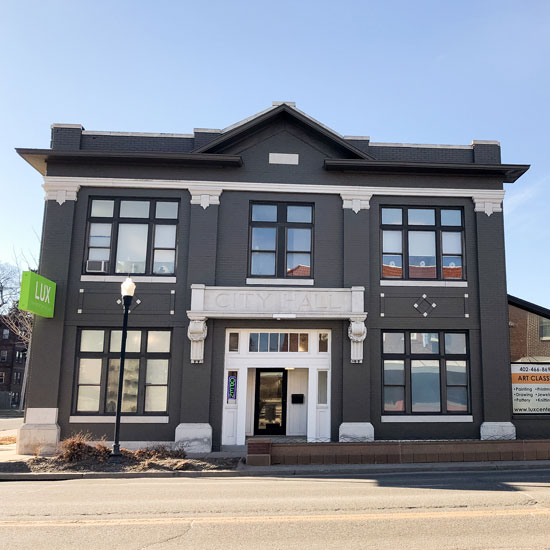Josh Goering
Josh Goering
Josh Goering was born and raised in Kansas City, Kansas. He is Influenced by historical ceramics from buncheong ware to medieval European pottery. His work focuses on functional pottery, atmospheric firing, and using local material. Josh’s philosophy of art making carries much from his environmental disposition, his love of process, and an inquisitive nature surrounding material. Recently, Josh received two research grants to explore and harvest local materials and set up a wild clay processing area at the K.U Art Department’s Interdisciplinary Ceramics Research Center to conduct this research. Josh completed a short term residency at Cobb Mountain Art and Ecology during the summer of 2019. He attended two workshops at Arrowmont Craft School deepening his knowledge of reduction cooling and learning new approaches to making pouring pots. Josh will complete his BFA in Ceramics and BA in Environmental Studies at the University of Kansas in the Spring of 2021.
Clay is a material that records moments. It retains a history of each action it experiences through an unwritten story told on its surface and in the form. I am a potter that is focused on making functional objects that record these intimate moments. I throw and trim in a slow manner to emphasize the role my hand plays in the finished work. I fire in wood and atmospheric kilns for the ash accumulation and subtle flashing. These effects are a production of what is happening in the kiln and provide a truthfulness of what goes into the making of the object; a characteristic I do my best to carry throughout my entire making process.
Local materials and wood firing speak about place and geography: it is nearly impossible to create the same pot and surface anywhere else in the world because the chemical makeup of clays and woods vary. Currently, I am working on a grant-funded research project about wild materials. I am doing this to create my work in harmony with my ecological mindset and to connect with my landscape. I am formulating a clay body out of local ingredients (clays that are not available commercially, that I have found in their natural state within my region). I am also making glazes from ash. Wood firing is a way for me to engage in the history of ceramics. It is one of the most ancient forms of firing pottery; high-temperature kilns much like the ones that I use first originated in ancient Korea.
The pots I make are meant for daily use and show the story behind the object: throwing lines made by pulling up, the pitted and undulating surfaces from scraping and trimming, finger marks in the slip and glaze from dipping and pouring, the flashing and ash accumulation from wood firing. I try to make pots that show the truth behind what I do, that reveal the nature of the material and give it a voice through my hand. I make multiple types of marks that define moments in the object’s history. This provides the user with an experience of discovery through the act of observing, drinking, pouring, or eating out of each object.







































